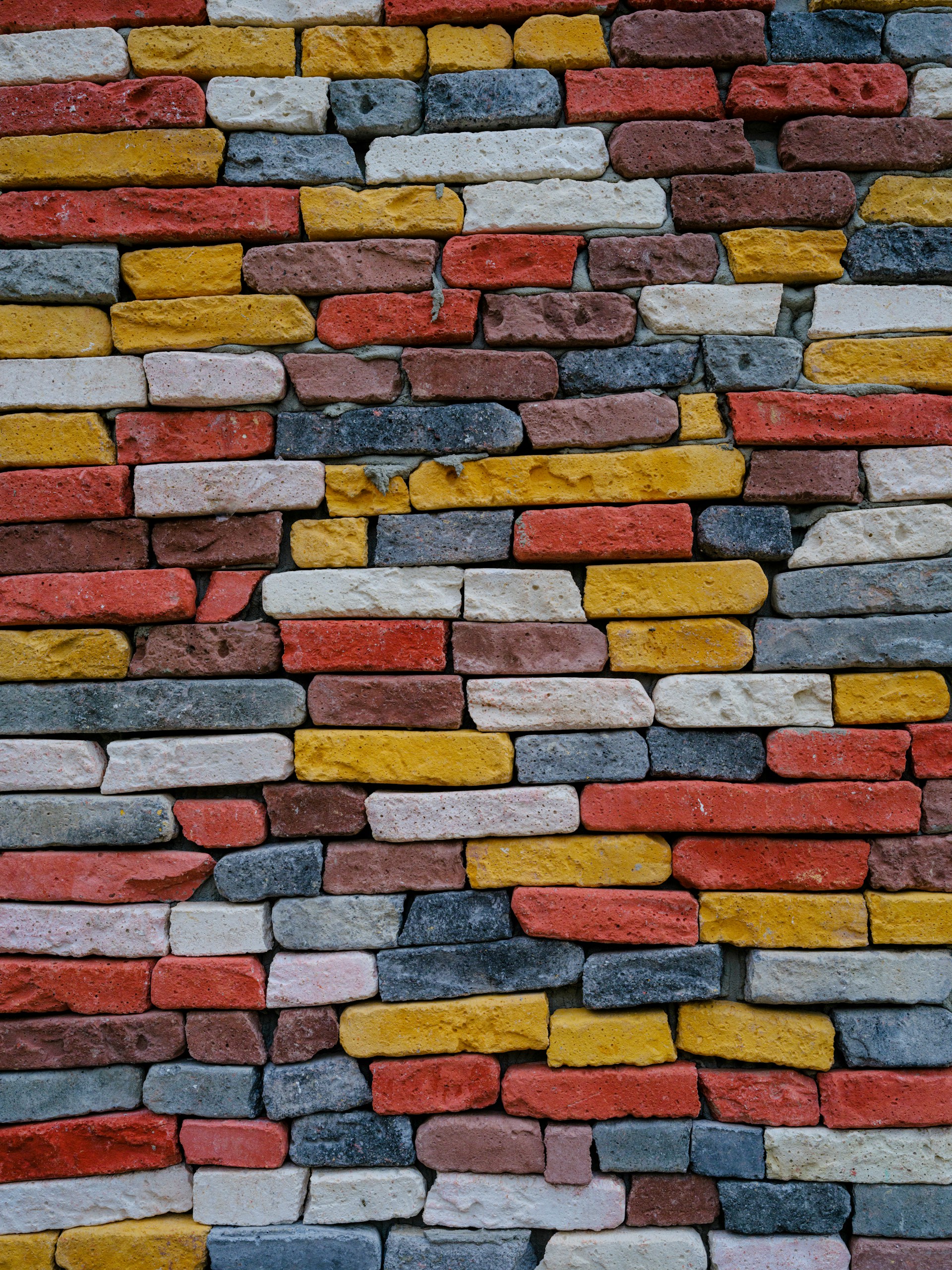When most people picture a brick, they probably imagine a classic reddish rectangle used in buildings for centuries. Looks simple enough, right? But if you ask, “how heavy is a brick?”, the answer isn’t quite so straightforward.
A brick’s weight depends on size, material, moisture content, manufacturing method, and intended use. Whether you’re a homeowner, contractor, architect, or just curious, understanding brick weight is more than trivia—it matters for structural calculations, transportation logistics, and job site ergonomics.
Variables That Determine Brick Weight
To really understand a brick’s weight, we need to consider what makes up a modern brick.
1. Material Composition
Not all bricks are created equal. Common types include:
- Clay bricks: Dense, kiln-fired, widely used for interiors and exteriors.
- Concrete bricks: Cement + aggregates, often larger and heavier.
- Fly ash bricks: Lighter, eco-friendly, made from industrial byproducts.
- Calcium silicate bricks: Sand + lime, smooth finish, relatively low weight.
Each material affects strength, appearance, and mass.
2. Brick Dimensions
Size matters. A standard U.S. modular clay brick measures about 7 5/8 × 2 1/4 × 3 5/8 inches, but there are king bricks, Roman bricks, utility bricks, and more. Larger bricks naturally weigh more—a modular brick is 4–5 lbs, while a concrete block can exceed 30 lbs.
3. Moisture Content
Bricks are porous and absorb water from their surroundings. This can add up to 10% or more to a brick’s weight, especially in humid climates or after rain.
Average Weights of Common Bricks
| Brick Type | Approximate Dry Weight |
|---|---|
| Standard Clay Brick | 4.5–5 lbs |
| Modular Brick (U.S.) | 4–5 lbs |
| Concrete Brick | 5–12 lbs |
| Engineering Brick | 6–8 lbs |
| Fly Ash Brick | 2.5–3.5 lbs |
| Calcium Silicate Brick | 3–5.5 lbs |
| Jumbo Brick | 6–8 lbs |
Even within a type, weight can vary due to density, porosity, and finish. Hollow bricks weigh less than solid bricks, for example.
Why Brick Weight Matters
Knowing how heavy a brick is has real-world implications:
1. Structural Load
The total weight of bricks in a wall contributes to the dead load on a foundation. Engineers need brick weight for load-bearing calculations and reinforcement planning.
2. Labor and Handling
Heavier bricks mean more strain on masons and contractors, while lighter bricks can speed up work—but may sacrifice durability.
3. Transportation and Shipping
Weight affects how many bricks can fit in a shipment. Accurate estimates prevent overloading and reduce transport costs.
4. Thermal & Acoustic Properties
Heavier bricks, like concrete or engineering bricks, often provide better insulation and soundproofing, so weight can improve performance.
Special Cases: Bricks That Break the Mold
Some bricks are designed for unique purposes:
- Fire bricks: Denser, heat-resistant, 7–9 lbs each.
- Glass bricks: Decorative but heavy.
- Hollow bricks: Lightweight, sometimes under 3 lbs.
As you can see, asking “how heavy is a brick?” is really asking “which brick?”
Read More : How Do You Replace Windows in a Brick House? A Complete Guide for Homeowners
Global Variations
Brick standards differ worldwide:
- UK: Larger bricks → heavier.
- India: Fly ash bricks → lighter, eco-friendly.
- Scandinavia: Insulated aerated bricks → lighter, high thermal efficiency.
In short, a brick’s weight is influenced by material, size, moisture, and purpose, so there’s no one-size-fits-all answer. Knowing the details helps with construction planning, shipping, labor, and structural design.










